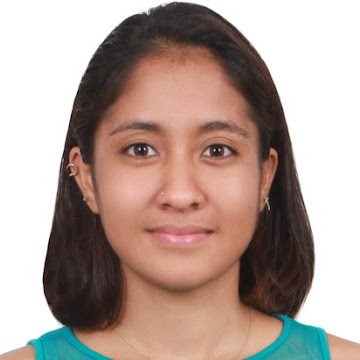Korea is pretty late with the establishment of its first full-scale biobank but this also places them in the unique position to build their biobanks based on the experience of other fully established biobanks.

The Human Genome Project launched in October 1990 was completed in April 2003, revealing the power of genome sequencing and making way for the construction of biobanks. Japan, China, and the U.K. were forerunners in establishing biobanks in 2003, 2004, and 2006 respectively. Big data from biobanks has the power to unlock the key behind rare genetic diseases, aid translational studies, epidemiology, therapeutic target and biomarker creation, and drug discovery for precision medicines.
While the reduction in expense for genome sequencing has driven the establishment of these biobanks, public participation is still a hindering factor.
Enlisting biobank participation
Last month, the Ministry of Health and Welfare issued a press release stating that the pilot project enlisting 25,000 rare disease patients between May 2020 and December 2022 had succeeded and started preparing to launch the full-scale big bio-data bank project by 2024.
The project is expected to run for nine years whereby the first five years will be used to establish and open the bio-data of 770,000 people and another four years to accomplish the full goal of 1 million participants.
But participation could serve as a hurdle as biobank donations cannot be incentivized and are solely dependent on voluntary donations due to ethical concerns. For example, the scandal surrounding the genetic testing company, 23andMe, selling customers’ genetic data to GlaxoSmithKline (GSK) has increased skepticism around biobank donation.
Among some of the completed biobanks, Biobank Japan, the China Kadoorie Biobank Collaborative Group, Finland’s FinnGen Consortium, the International Agency for Research on Cancer (IARC) Biobank (IBB), and the UK Biobank are all functioning at smaller scales of around 250,000 to 500,000 participants.
Although having a much later start in 2018, the U.S. biobank, “All of Us,” is also trying to reach its goal of 1 million participants, currently at 450,000 fully enrolled participants. But, if the U.S. with a population of approximately 336 million people is attempting to get 1 million participants in eight years, then it raises the question about the proposed nine-year schedule set by the Korean government to attain a similar goal with a much smaller population of roughly 51 million.
However, if strict mask mandates during the Covid-19 pandemic and the Korean “gold collection campaign” during the 1997 Asian financial crisis can serve as an indicator of Koreans' ability to prioritize the interests of the nation, they might be able to achieve their biobank target by the set deadline.
Benchmarking open collaboration models
Using the biobank, the U.K. has developed a prognostic risk score to tailor research protocols and improve pain management. They have also produced polygenic risk scores to identify individuals with high genetic risks for developing particular diseases such as coronary heart disease or cancer to enable precision medicines or earlier preventative interventions such as taking statins or cancer screening at a younger age. In drug development, they have also pinpointed the GPR75 gene as a possible target for obesity treatments as those with this gene exhibited a 54 percent lower risk of developing obesity.
The British Biobank chief scientist Naomi Allen accredited these accomplishments to the bank's open access model, allowing the best minds to maximize the utility. With already established biobanks in Asia from Japan, Shanghai, and China, Korea should also aim to open its biobanks to international audiences to maximize their utility among researchers, starting with the pilot project data.
While the UK markets its study for its wide variety, Finland is marketing their unique homogeneous genes which are helpful to identify commonalities and has garnered the attention of Big Pharma. Likewise, Korea can also enlist the help of Big Pharma to help accelerate the participation of volunteers.
Other developing biobanks in Korea
Despite the absence of a biobank, Korea has been collaborating with other biobanks to perform genetic-based studies such as the GIGASTROKE project which was published in September last year. Consequently, the study, which included Korean genetic data, improved polygenic scores to strongly predict ischaemic stroke in populations of European, East Asian, and African ancestry.
Besides general biobanks, the Korean government also launched another big data platform, the K-CURE Cancer Public Library, containing health-related data on the entire life cycle of cancer patients from cancer diagnosis to the death of 1.98 million cancer patients.
Additionally, organoid banks are also being established by Next&Bio in conjunction with hospitals such as Myongji Hospital where organoids are being built mainly for colon cancer and breast cancer. However, its organoid banks at Yonsei University Health System are just starting and the Cancer Science Institute of the National University of Singapore is carded to begin in the second half of this year.

